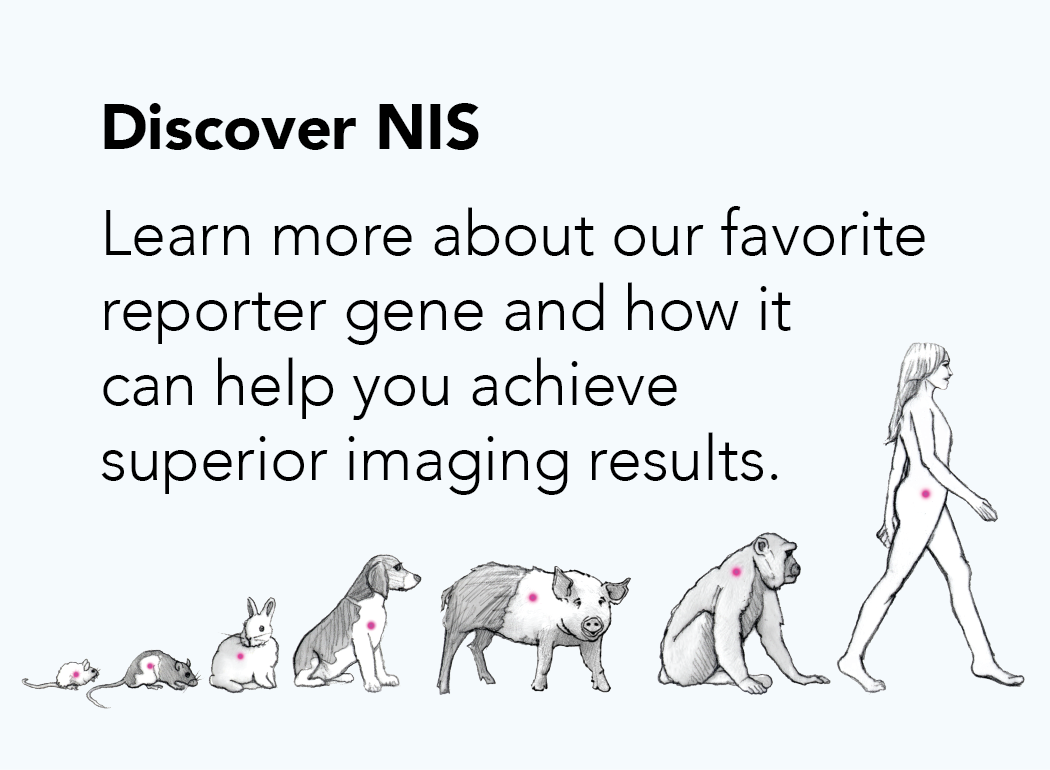HCT116 (Colorectal Carcinoma)
Description
HCT116 (ATCC® CCL-247™) is a human colorectal carcinoma cell line initiated from an adult male. The cells are adherent with an epithelial morphology. Following implantation into immunocompromised mice, the cells form primary tumors and distant metastases.
*The ATCC trademark and trade name and any and all ATCC catalog numbers are trademarks of the American Type Culture Collection.
Usage Information:
In vitro, HCT116 cells grow with a doubling time of approximately 18 hours. They are suitable for in vitro and in vivo experimentation. Immunocompromised mice should be used for in life studies, and will form tumors and metastases following implantation of the cells.
The following chart provides some examples of HCT116 cells used as a xenograft model.
| Route of Implantation | Mice | Tumor/Metastases | References |
|---|---|---|---|
| Intrasplenic | Nude | Liver metastases |
Cui et al. (2014) Cancer Cell Interation 14: 47. |
| Tail-vein | Nude | Lung metastases |
Gao et al. (2015) Oncogene 34: 4142-4152. |
| Tail-vein | SCID | Lung metastases |
Zhou et al. (2016) BMC Cancer 16: 55. |
| Subcutaneous | Nude | Subcutaneous tumor |
Gao et al. (2015) Oncogene 34: 4142-4152. |
| Intracaecum | Nude | Caecal tumors, lung, liver, and lymph node metastases |
Yang et al. (1997) Anticancer Res 17: 3463-3468. |
Stable reporter cell lines:
Our HCT116 reporter cell lines can be tracked in vivo, making them great tools for studying the mechanisms of tumor growth and metastasis, as well as evaluating the effects of various drugs or therapies in animals. Our HCT116 cells are available with a variety of different reporters, including the human sodium iodide symporter (hNIS), firefly luciferase (Fluc), enhanced green fluorescent protein (eGFP), or near-infrared fluorescent protein (iRFP). Several dual reporter HCT116 cell lines are available to facilitate multi-modality imaging.
In order to ensure high, constitutive expression of the reporter proteins, our cell lines are generated by lentiviral vector transduction. The lentiviral vectors used for these transductions are self-inactivating (SIN) vectors in which the viral enhancer and promoter has been deleted. This increases the biosafety of the lentiviral vectors by preventing mobilization of replication competent viruses (Miyoshi et al., J Virol. 1998).

